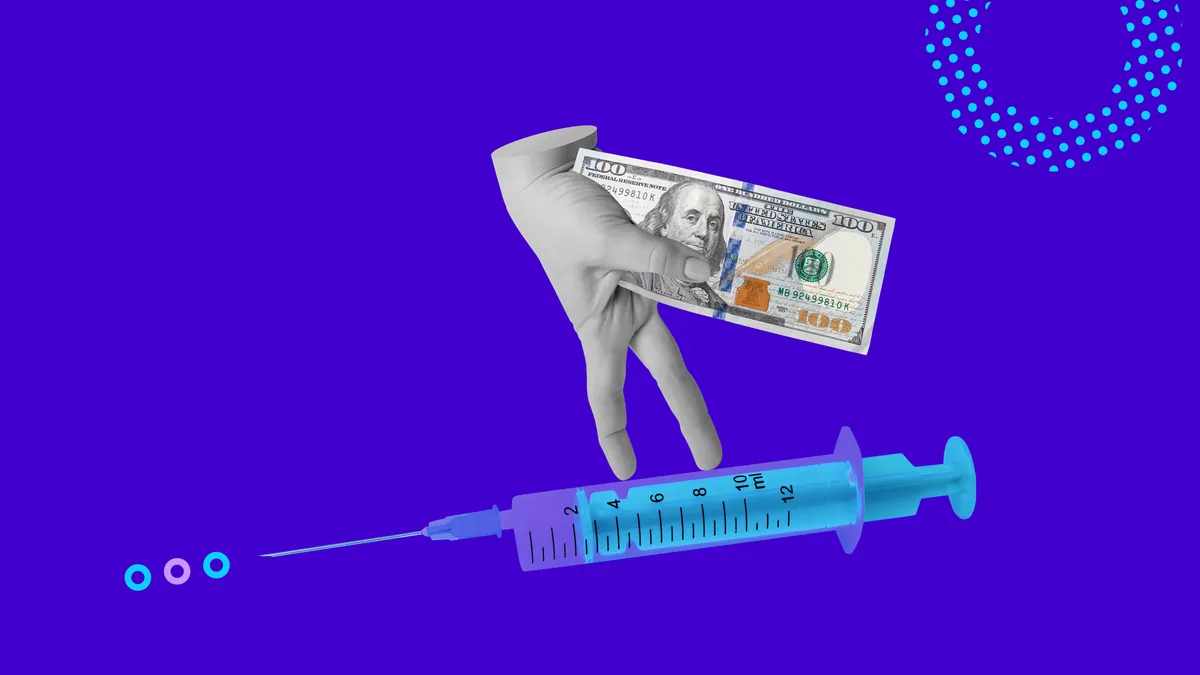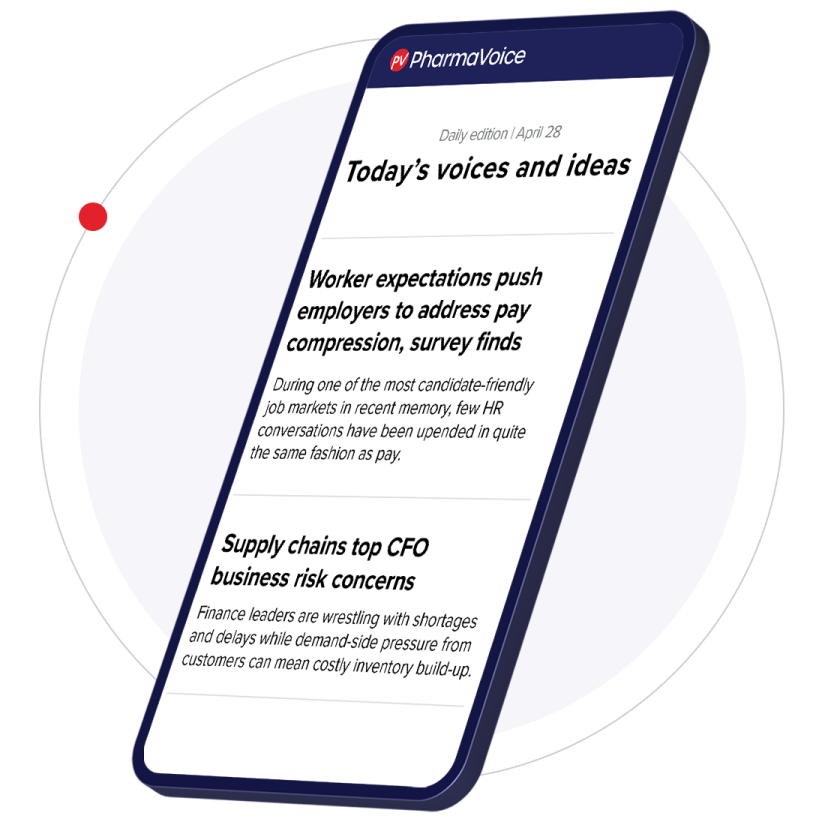Strategic R&D cuts have been a high priority for many pharma companies lately, from Moderna slashing R&D by 20% and discontinuing five clinical programs to Incyte eliminating several pipeline programs after a “strategic review.”
Although reevaluating and deemphasizing clinical programs is nothing new in biopharma, signs point to it being more widespread than a handful of companies doing business as usual. Analysts point to Charles River Laboratories’ staffing cuts and site closures as a sign of a decrease in demand for drug development services and a bellwether for the industry as a whole.
For the R&D programs that survive, the goal is to make them more efficient and cost effective than ever.
“There’s huge spend there,” said Bill Coyle, global head of biopharma at ZS, a healthcare consulting firm.
R&D efficiencies go beyond streamlining the pipeline to only include the assets that are most likely to succeed in the marketplace or using AI to boost efficiencies in drug discovery and trial design. This strategy should also include more practical, brass-tacks factors that impact the entire development process. Here are a few tactics that Coyle said will help companies get products to market more quickly.
Embrace human-centered trial design
Participating in a clinical trial can be burdensome for patients, which is why sponsors should design their trials with people’s real lives in mind and remove barriers to participation.
This could include compensating patients for transportation services and child and elder care, or connecting them with financial support groups. When looking to boost diversity in its clinical trials, Johnson & Johnson employed these kinds of tactics, Denise Bronner, the company’s director of diversity, equity and inclusion, told PharmaVoice earlier this year.
“If we increase the speed of enrollment, that is a big driver of the cost and the time to market."

Bill Coyle
Global head of biopharma, ZS
However, this approach can also extend to the way the trial is designed by using digitization and decentralization when possible and reducing the frequency of patient visits for assessments.
“If it's a blood draw, can you do it at home versus having to come in to the site?” Coyle said.
Human-centered trial design can also help boost ROI by making trial enrollment faster.
“If we increase the speed of enrollment, that is a big driver of the cost and the time to market, the time to which we get the data to submit,” he said.
Human-centered trial design also reduces patient dropout. Researchers estimate that it costs more than $6,500 to recruit just one patient, and replacing them adds to that expense.
Speed up decision making
One of the biggest inefficiencies in R&D is slow decision making, Coyle said.
Sponsors should decide quickly whether next steps are a go or no-go after a data readout. But that doesn't always happen. Instead, they take too long moving from proof-of-concept to phase 2 and phase 3.
“They're big, important, expensive decisions,” Coyle acknowledged. “But I think there's a little bit of time lag there sometimes. How do we more rapidly make those decisions?”
One way is by thinking through decisions early. As trials move into later stages, companies must determine whether the data supports a marketable product, as well as shore up their phase 3 trial design and study endpoints. Instead of waiting for data readouts to start that decision-making process, companies can think ahead and map out different actions based on possible phase 2 outcomes.
“Being very clear on those as you're going through phase 2 [is important] so when you see the readout, you're able to act quickly,” Coyle said.
He also warns executives against fighting too hard for a lagging asset because they’re wedded to a therapeutic category or were involved in the asset’s identification or purchase.
“Some of the human elements do get involved in these decisions, which make them slower to negotiate and move through,” he said.
Be smart about site selection
Sponsors often choose trial sites they have an existing relationship with. But making that the sole or most important criteria is the wrong strategy. Instead, companies should choose the most productive trial sites by leveraging data about prior performance, speed of enrollment and whether they hit their enrollment targets, Coyle said.
Sponsors should also look for sites that will provide the appropriate clinical trial diversity and that are geographically relevant to the therapeutic category based on patient data.
“We have to be thinking about the prevalence of the diseases,” Coyle said. “Different diseases might have different prevalence drivers and be more prevalent in different areas.”












